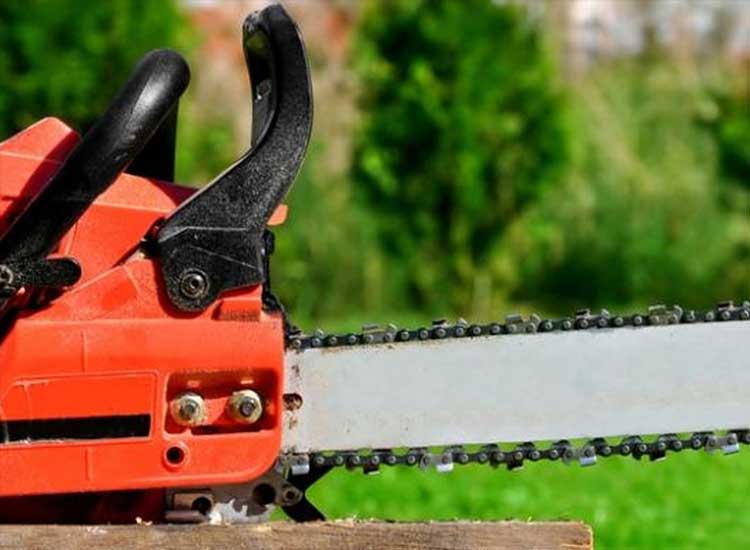History of the Invention of the Chainsaw, Initially for Childbirth – The function of a chainsaw , as we generally know, is to cut large blocks of wood or cut other hard objects.
Judging from the history of its invention, the chainsaw was not created by a woodcutter, but by Scottish surgeons, namely John Aitken and James Jeffray in 1785.
Quoted from Popular Science, Aitken and Jeffray developed a chainsaw to help carry out their work, more precisely to cut human bones and flesh during the birthing process.
Chainsaws and labor
The chainsaw was originally created as a “tool” to assist with childbirth, namely in an operation known as a symphysiotomy.
Reporting from IFL Science, symphysiotomy is a very risky surgical procedure because it is carried out by cutting the cartilage between the left and right pelvic bones to widen the pelvis with the aim of making childbirth easier.
As with all surgical procedures of the time, although extremely risky, speed was of the essence.
The quicker the time spent on surgery, the less likely the patient is to experience shock or a fatal infection.
At the end of the 18th century, Aitken and Jeffray found a solution to complete their work more quickly and efficiently, namely the Aitkens flexible saw.
This cutting tool is specifically designed to make it easier to remove a woman’s pelvic bone and reduce labor time.
Flexible chainsaws also cause less trauma to adjacent tissue than rigid saws and sharp blades.
Reporting from How Stuff Works, the Aitkens flexible saw is made from a finely serrated link chain with teardrop-shaped handles at both ends.
One of the handles can be removed so the doctor can attach a blunt-tipped needle to the end of the chain. The doctors use a needle to guide the chain behind the pubic bone in preparation for a symphysiotomy.
The surgeon then moves their hands back and forth to “cut” through the pelvic bones more quickly.
In the 1890s, Italian obstetrician Leonardo Gigli developed a tool known as the Gigli saw.
This chainsaw functions similarly to the Aikens chainsaw, but has a T-shaped handle that is easier to grip.
The tool also has a bent wire chain with small, sharp teeth that are smoother and easier to position.
Around the turn of the century, the practice of symphysiotomy began to be abandoned thanks to better medical procedures, improved hygiene, and general anesthesia making cesarean sections safer.
The Gigli saw was then increasingly used in amputation and bone cutting operations. Meanwhile, amputations have now been carried out with modern power tools.
The chainsaw used for cutting wood was invented in 1926 by a German mechanic, Andreas Stihl.
Stihl patents the first electric chainsaw for logging purposes. Three years later, Stihl invented the gas version. However, both tools he invented required more than one person to operate.
Then, chainsaws that could be used by one person were only produced in the 1950s. This is what later paved the way for the modern chainsaw.
Rekomendasi Link :





